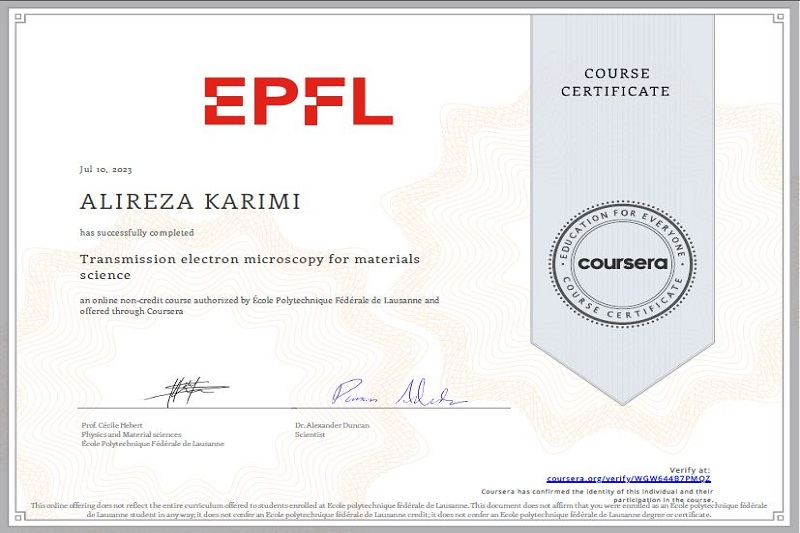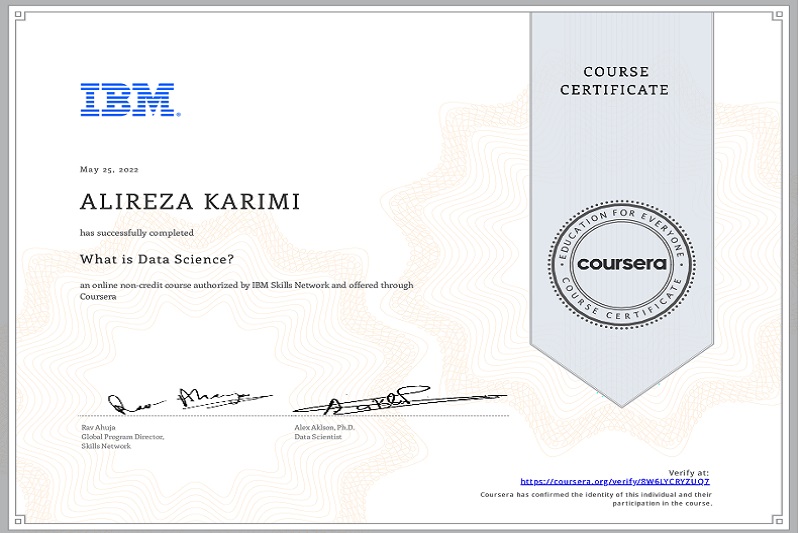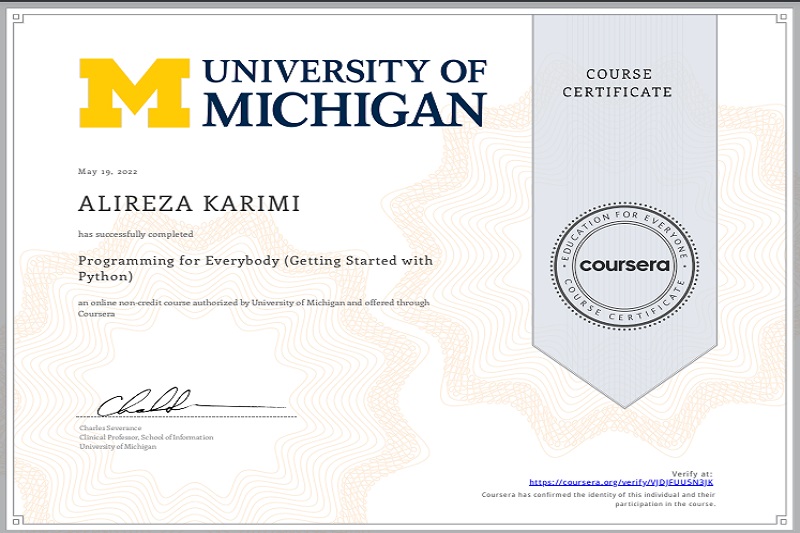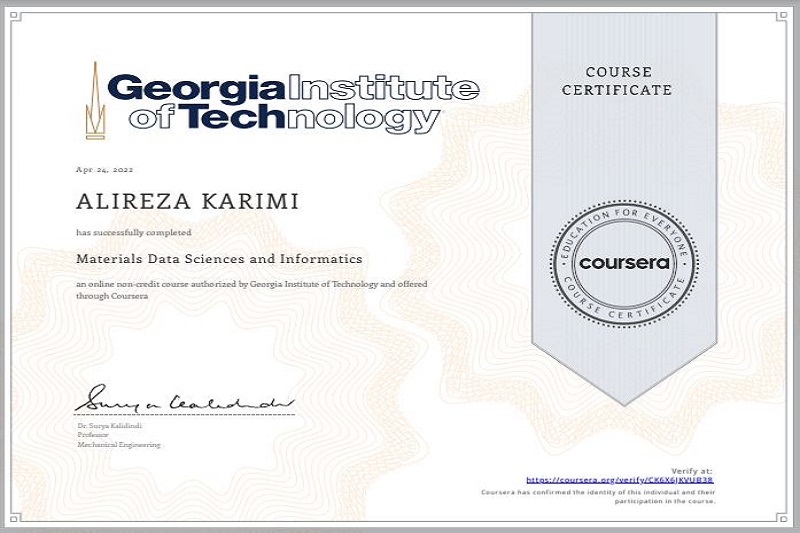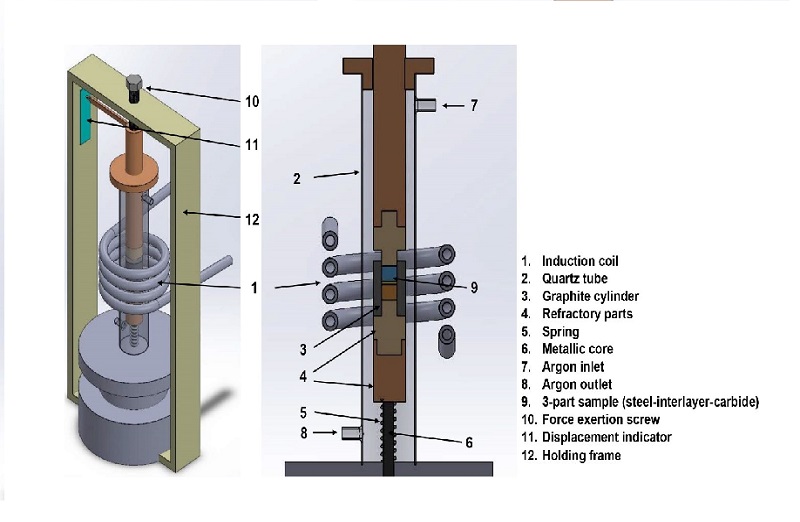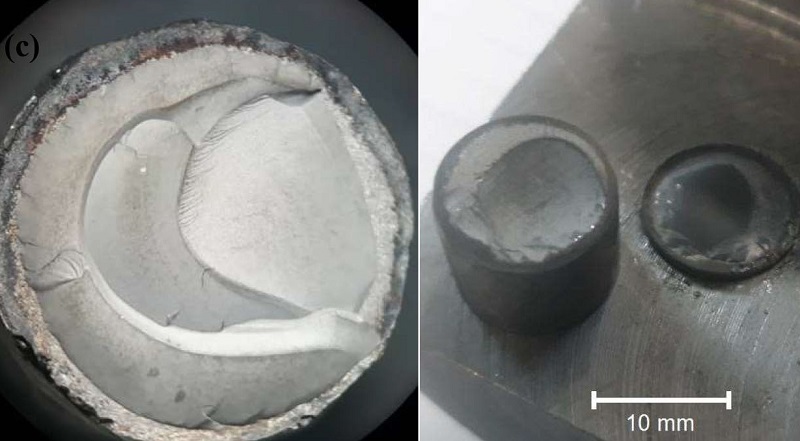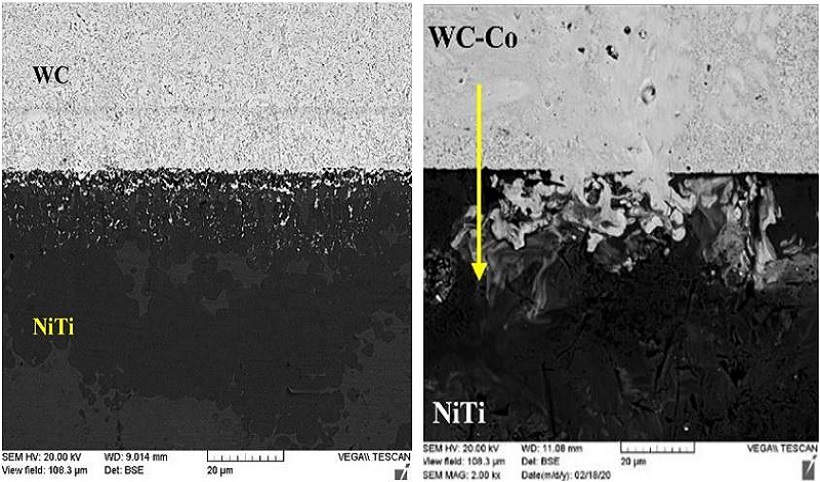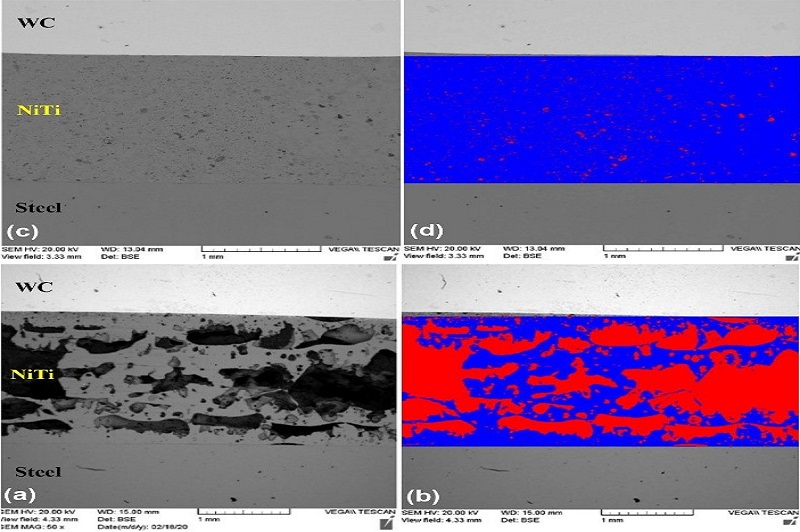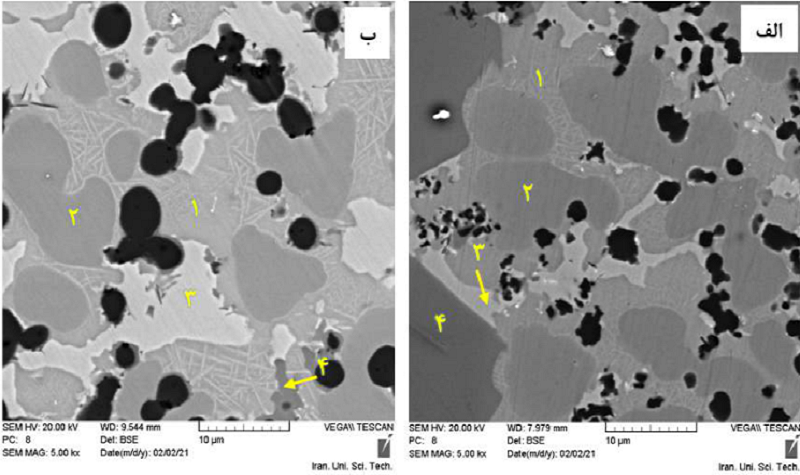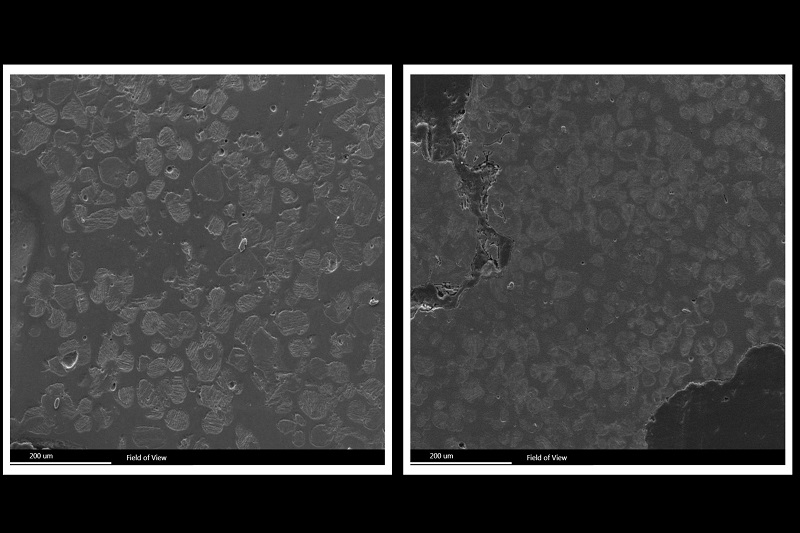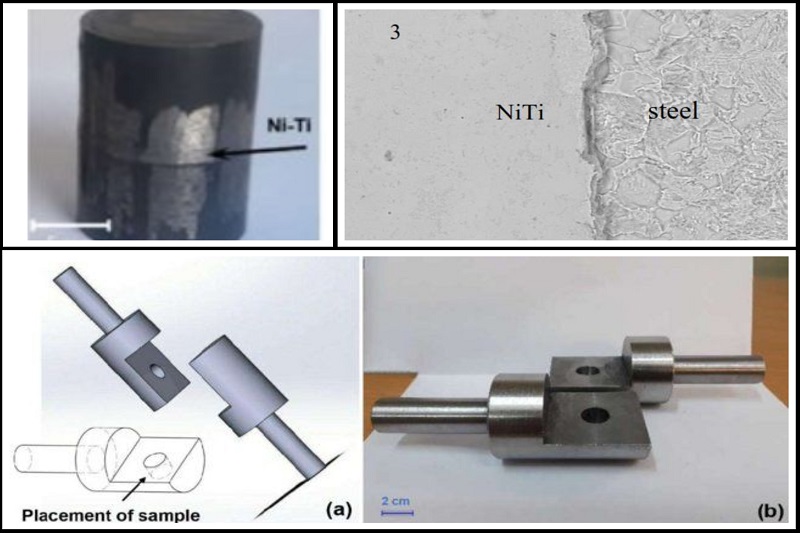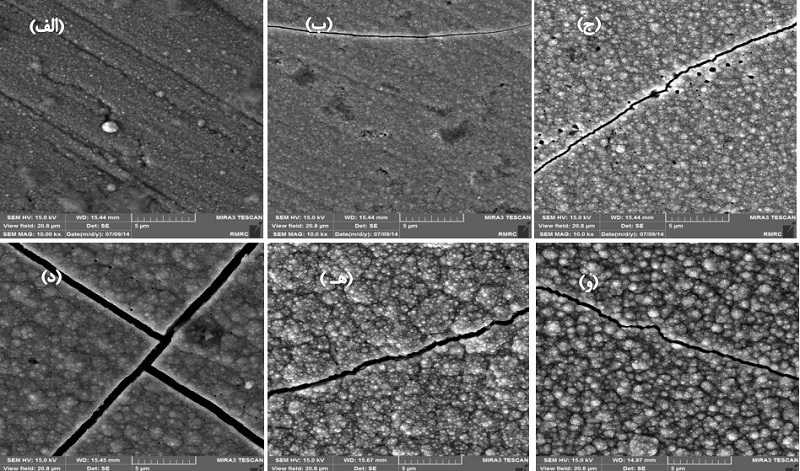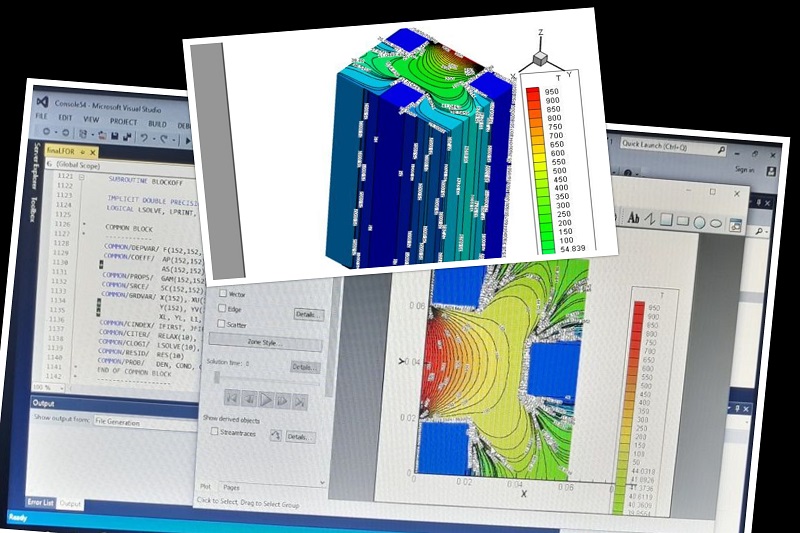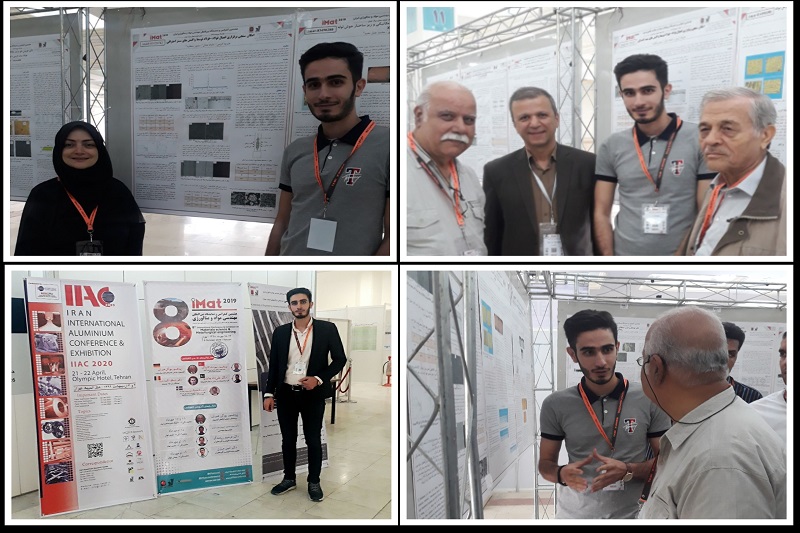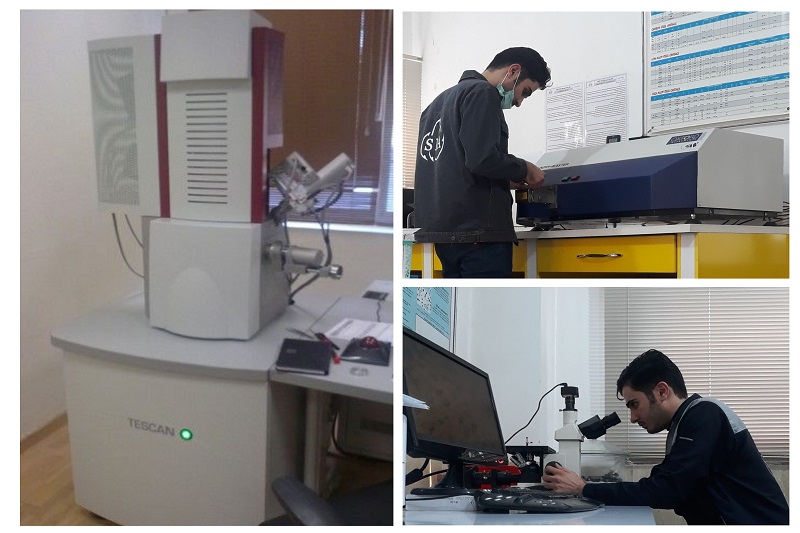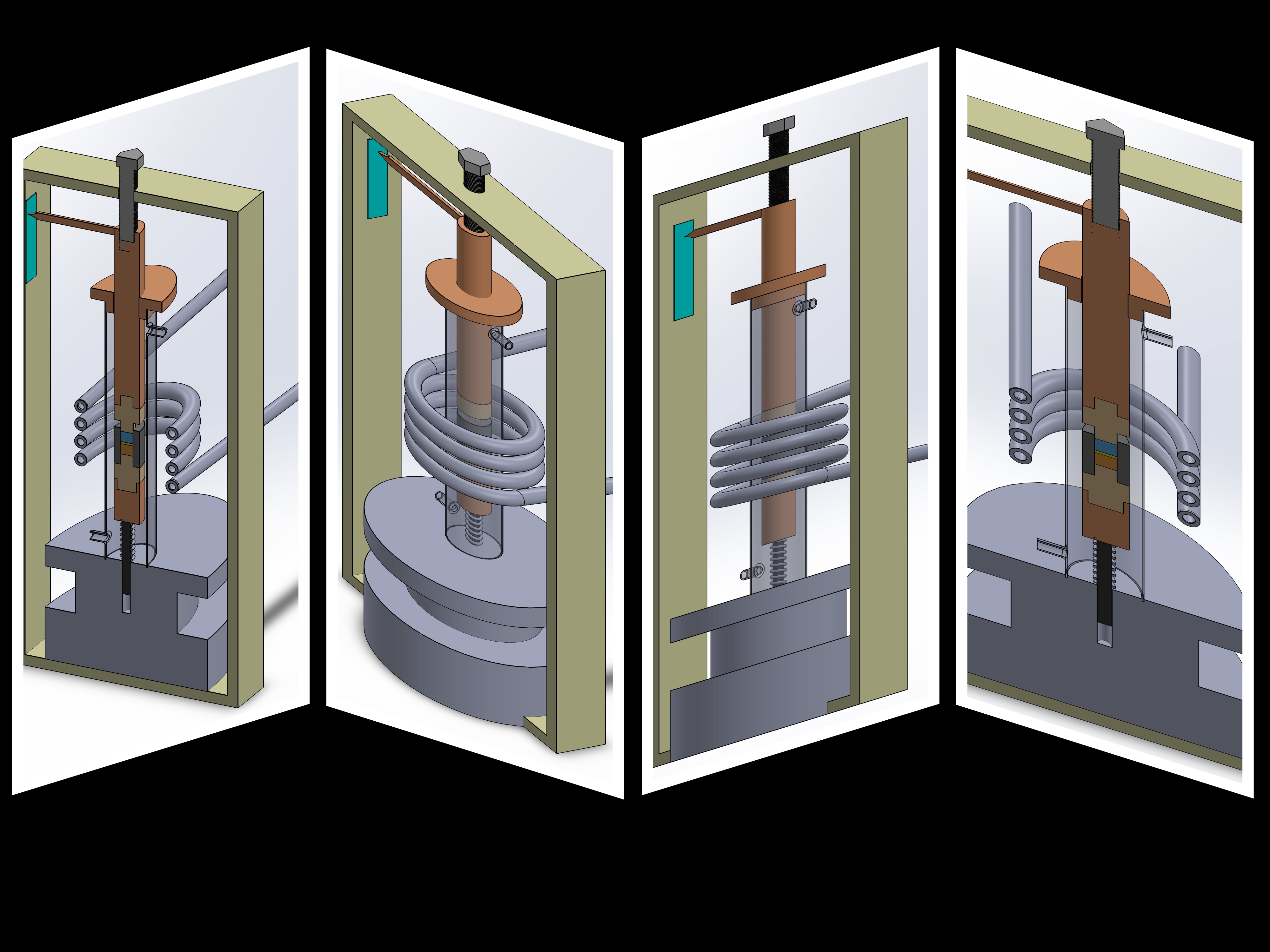I am a Material Science Engineer with an M.Sc. from the Iran University of Science and Technology, specializing in advanced materials and sustainable welding processes. With extensive experience in managing metallurgical labs, leading research projects, and applying machine learning to predict material behavior, I bring a strong technical skill set and a passion for innovation. As a published author, my expertise spans advanced materials synthesis and characterization, machine learning applications in material science, combustion welding, sustainable joining processes, and materials characterization techniques (SEM, TEM, XRD, EIS, etc.). In addition to my research, I enjoy fitness, cooking, listening to music, and traveling.
2017 - 2020
Tehran-Iran
• Thesis title: Investigating the parameters affecting the joining of tungsten carbide to low-alloy steel using combustion synthesis reactions of Ni-Ti powder mixture
2013 - 2017
Isfahan-Iran
• Thesis title: Production of amorphous Fe-Ni-Cr coatings by electric deposition process
Oct 2024
A. Karimi, M. Adeli, M. Kobashi
DOI: 10.1016/j.apt.2024.104690
An innovative method for fabrication and investigating the effect of mechanical activation duration (MAD) on the properties of TiAl alloys was developed. The study employs an efficient implementation of combustion reactions in a compressed, mechanically activated mixture of titanium and aluminum, leading to the synthesis of titanium aluminide (TiAl). The induction-activated method initiates an exothermic reaction between Ti and Al, facilitating simultaneous preheating and ignition under an argon gas atmosphere. The accomplishment of the synthesis process lasted very short times, and the products were characterized using X-ray diffraction (XRD), energy dispersive X-ray (EDX), scanning electron microscopy (SEM), and electrochemical impedance spectroscopy (EIS) techniques. The investigation focuses on samples with MAD durations ranging from 1 to 10 hours, revealing that higher MADs (4 to 10 hours) result in an innovative microstructure with α2/γ round-shape lamellar grains embedded in the γ-TiAl matrix. This microstructure enhances the toughness of TiAl alloys while maintaining comparable hardness. The study indicates that increasing MAD from 1 to 10 hours improves reaction kinetics, leading to a rise in reaction front velocity from 3.95 to 5.02 mm s-1 and a reduction in α2/γ round-shape lamellar grain size from 215.804 to 172.709 μm in a more homogeneous arrangement. Furthermore, corrosion behavior analysis for samples with 1 and 10 hours MAD reveals an increase in the resistance of the oxide layer (Rf) value from 702.9 to 43111 Ω.cm2 and the charge transfer resistance (Rct) value from 41.84 to 18520 Ω.cm2.
Apr 2024
F. Soleimani, M. Adeli, M. Soltanieh, H. Saghafian, A. Karimi
DOI: 10.1016/j.jmrt.2024.05.025
Combustion synthesis (CS) is a well-known technique for manufacturing intermetallic compounds and intermetallic-matrix composite materials. This research focuses on fabricating NiAl-matrix composites with varying TiC/TiB2 contents as reinforcement, achieved by the combustion synthesis method. The chemical reactions that yield the final NiAl-TiC-TiB2 compounds are interpreted using thermodynamic calculations. The phase analysis and morphology of the composites were investigated using X-ray diffractometry (XRD) and scanning electron microscopy (SEM) characterization techniques, respectively. The findings demonstrate that the NiAl matrix contains evenly distributed TiC-TiB2 ceramic-based particles, and no oxidation of reactants occurred during the combustion reaction. With an increase in the TiC-TiB2 reinforcement phases, the hardness of the NiAl-TiC-TiB2 product significantly rose, while the apparent density of the material decreased. Results indicated that the contradicting effect of grain refinement and reactant/product interface void formation dictates the mechanical properties of the final synthesized composites. Investigating the tribological behavior of synthesized composites taking place using an experimental-numerical approach was taken into account by using sliding wear tests and ANN modeling. SEM micrographs along with energy-dispersive X-ray spectroscopy (EDS) analysis of worn sample/debris indicate that NiAl-TiC-TiB2 intermetallic-matrix composites with higher amount of TiC-TiB2 exhibit superior wear resistance as the main mechanism of wear failure is assumed to be low cycle fatigue wear damage. An artificial neural network (ANN) was trained and tested using experimental data. The ANN accurately predicted friction coefficients in wear tests for these composites. The attained results of the ANN model were in acceptable conformity with experimental measurements.
May 2022
A. Karimi, M. Adeli, M. Soltanieh
DOI: 10.1016/j.jmapro.2022.03.043
An innovative method based on pressure-assisted combustion synthesis reactions in compressed powder mixtures of nickel and titanium was developed to join WC-Co cemented carbide to VCN-150 steel (Standard No. 1.6582). A specially-designed experimental setup was used for induction heating of the samples under uniaxial pressure in an argon atmosphere. Rapid heating of the samples provoked the exothermic reaction between Ni and Ti, resulting in the in-situ formation of an NiTi-based intermediate layer between the steel and carbide parts. XRD and SEM-EDS analyses as well as shear strength test were used to characterize the samples and evaluate the quality of the joint. XRD analysis showed NiTi as the main phase in the joining layer. It was found out that a decrease in Ni particle size led to an increase in the contact surfaces of the powders and intensity of the reaction, resulting in improved adhesion of the joining parts, decreased porosity within the interlayer, and increase in the average shear strength. Although increasing the thickness of the bonding layer resulted in more intensive reactions, higher liberated heat, and wider diffusion layers at the interface, it led to relatively weak joints due to a rise in the volume percentage of porosity. The most favorable results in welding were obtained by using fine particles of the reactants and minimum thickness of the green interlayer (2 mm). By increasing the applied force during the process to ~600 N, shear strengths up to ~77 MPa could be obtained.
Jan 2021
A. Karimi, M. Adeli, M. Soltanieh
DOR: 20.1001.1.22285946.1399.11.41.8.2
In this study, the possibility of establishing steel/tungsten carbide joints via a novel method based on combustion synthesis process was studied. An experimental setup was designed for rapid heating and ignition of a cylindrical sample composed of compressed, exothermic mixture of Ni and Ti powders. The sample was placed as the bonding intermediate between steel-WC parts. The combustion reaction resulted in the formation of NiTi intermetallic compound, which was melted down and attached to both steel and WC parts. To prepare the green samples, Ni and Ti powders were weighed out to a molar ratio of Ni:Ti=1:1, and cold-pressed. The heating and ignition of the samples were carried out using inductive heating. After the joining was accomplished, the samples were cut in halves and characterized using XRD and SEM-EDS techniques. The analyses showed the formation of NiTi as the main phase as the product of synthesis. The elemental composition profile across the interfacial regions proved the diffusion of tungsten and cobalt elements in NiTi bonding layer and interdiffusion of titanium and nickel. Examination of X-ray maps within the joint confirmed the accumulation of nickel and tungsten in the carbide/NiTi joint and titanium and iron elements in the steel/NiTi joint due to high process temperature, accelerated diffusion, and bond formation at the joint. The results showed that by using the combustion synthesis reactions for the formation of NiTi compound, it is possible to establish acceptable joints between tungsten carbide and steel via an intermediate layer of NiTi.
Oct 2019
A. Karimi, M. Adeli, M. Soltanieh
https://civilica.com/doc/963690
The purpose of this research was to investigate the possibility of making Steel-Steel joints via combustion synthesis reactions as a heating source. An experimental set-up with the ability of rapid heating of joining layer and consequently initiation combustion synthesis reaction designed and manufactured for joining components. Commercial Titanium and Nickel powders were used as components of the joining layer. To begin with, based on desired stoichiometry ratio, the powder mixture was provided and then pressed for making green powder mixture compacts. An Induction furnace was employed to rapidly heating of both steel components and the Ti-Ni compact located between them. Samples after the joining process were cut through for microstructural investigations and then characterized by scanning electron microscope (SEM-EDS), and X-ray analysis. Results demonstrate that the main constructed phase in the joining layer is NiTi. It is also found that a partial decrease in Ni particle size has no remarkable effect on the quality of joints based on Microstructural characterizations.
Sep 2021 - Present
• Led multiple industrial projects, developing hands-on experience with OES, XRF, mechanical and NDT testing
• Consulted on materials selection and metallurgical testing for clients.
• Invented an intelligent Hydrogen control system for sinter furnaces using opto counter sensors and Arduino.
• Supervised laboratory equipment calibration
Sep 2018 - Present
• Contributed to data analysis and interpretation in the role of a diligent research assistant.
• Supported literature reviews, experiment design, and research documentation.
• Detail-oriented and proactive, excelling in collaborative research settings.
Feb 2021 - Sep 2021
• Acquired Hands-on experience with microstructural (SEM, OM), mechanical (tensile, micro-hardness), Optical Emission Spectroscopy (OES), and NDT characterization techniques.
• Provided Scientific consultation to Customers.
Jan 2020 - Oct 2020
• Drafted and submitted patent applications, conducting thorough research to verify the uniqueness of inventions.
Apr 2015 - Sep 2017
• Conducted standardized mechanical and microstructural quality assurance tests under ASTM, ISO, and DIN standards.
Address
Narmak, Tehran, Iran
Phone
(+98) 9136937570
alireza.karimi.19995@gmail.com

